Dan Hill on tactile cities
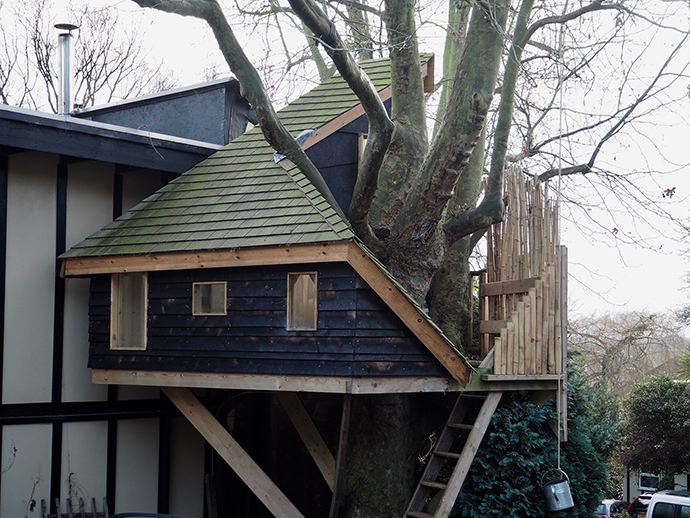
Dan Hill is not an architect, not an urban planner, and not a policy-maker. “Some people call me a ‘futurist’, but that’s not what I do”, he says. “I’m a designer.” Yet to the readers of City of Sound, one of the oldest blogs on urban matters (published since 2001), as well as to his mostly expert followers and collaborators, Hill is an influential thinker on technology, urbanism and our possible futures. It all started, he explains, with a degree in computer science followed by one in urban sociology. An improbable career developed: from documenting the role of small creative businesses in the urban regeneration of Manchester in the UK, to inventing web and podcasting services for BBC and Monocle (“I remember writing an entire BBC web strategy using urban planning principles – it made sense to no-one but me”), to working on city strategies for Barangaroo in Sydney and Masdar in Abu Dhabi, the Finnish national innovation strategy, Melbourne’s smart city strategy and the design strategy for the State Library of Queensland. Today, Hill is a great cross-pollinator of ideas, introducing the classics of design theory to governments big and small, and bringing a language of governance to architecture. As head of Arup Digital Studio, he leads a multidisciplinary design team that helps develop transformative digital technology for cities, spaces, buildings and organisations. In an era marked by few certainties and many fears, Hill’s thinking is distinguished by an informed optimism and a vast curiosity. As we settle into the afternoon glow of Melbourne School of Design’s Japanese Room, he stops to take a photo of the beautiful shadow play on the wall. “How could you not?” he says warmly, despite jet lag. “Just look at it.”

Jana Perkovic: As a long-time reader of City of Sound, I have been waiting to ask you: what is it that you actually do? Is it just giving words to people?
Dan Hill: Some of it is, for sure; other times it is designing tangible things. I see it as a continuum, moving up and down the scale between interaction design, service design and strategic design. Ernesto Rogers says that the job of the architect is to design the spoon, and then the city. I really like that. It’s a bit like my favourite Eliel Saarinen quote: you have to design the chair in the context of the room. Inevitably, at some point, you’re shifting gears. This afternoon [in a workshop at MSD] we’ve been looking at the design of mobile learning infrastructure. Basically, chairs [laughs]. Tables with power sockets built in, different groupings from social to individual focus. Shade elements, comfort and so on. Mobile architecture. That’s the interaction end of it. The service design is still clear, tangible, but it’s zooming out to an organisational scale. And then strategic design is when you’re zooming out even further and saying, wait, what is a campus in the first place? What’s university about? How should that be designed? That’s the really powerful layer, because you can potentially unlock systemic change, start a conversation about changing the way society relates to carbon or waste. But, equally, what I’m usually doing at the strategic level is saying: let’s talk about interactions, people, user experience; let’s talk about the spoon. How might strategy actually materialise? That’s when you see a huge problem with traditional policy-making: it never engages with the context of delivery. You’ll have amazing policy on paper, but terrible execution. We now know that the best way is to pull policy and delivery as close together as possible, which means you’re looking at the spoon and the city at the same time. But, equally, how would that scale up?
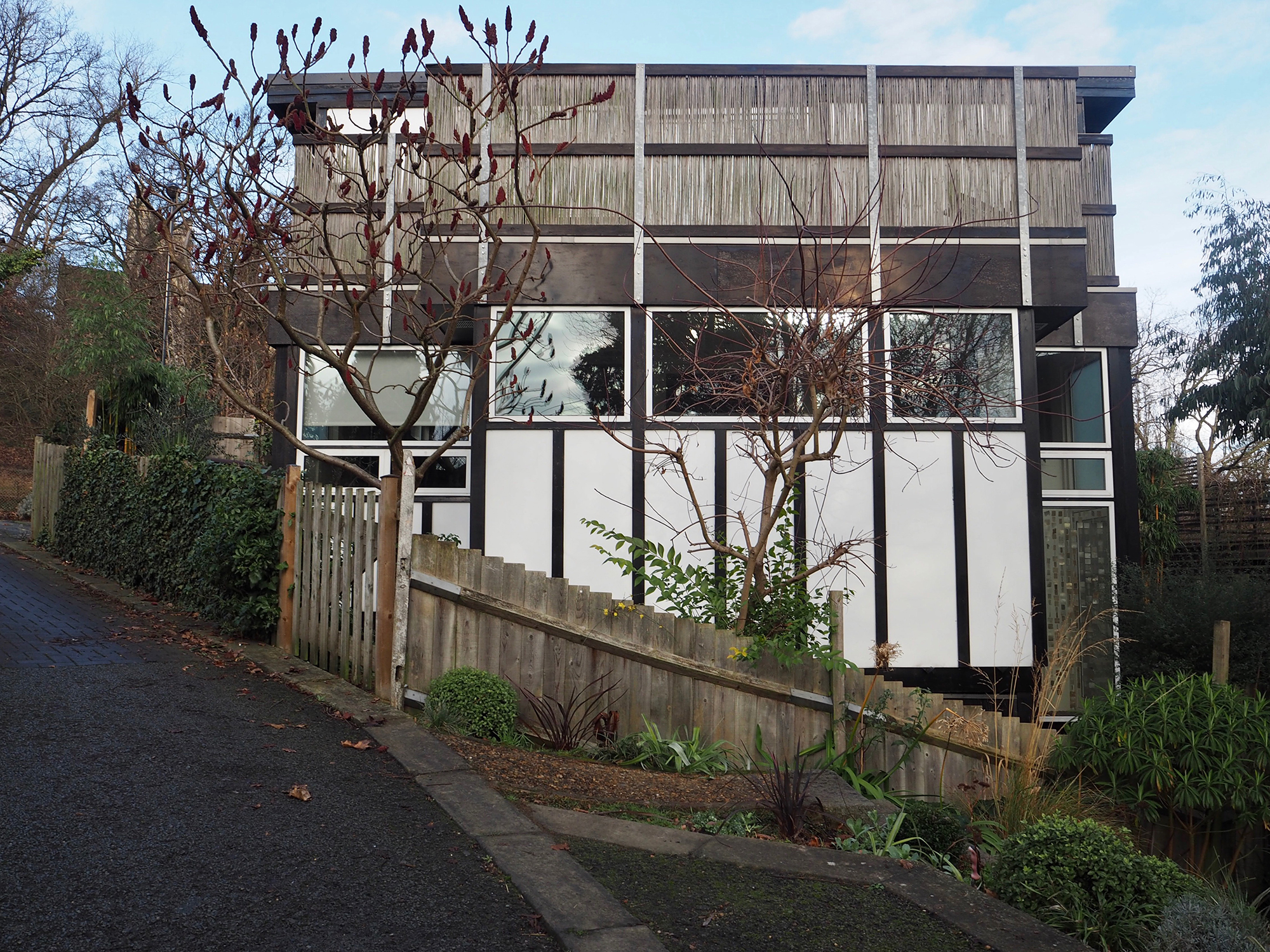
JP: And scaling up is not linear; a thing changes at different scales.
DH: It’s certainly not linear. In Melbourne, the helmet law and the lack of bike lanes lock in together unhelpfully. If you only have crappy bike lanes, then you have to wear a helmet. And while you have to wear a helmet, not many people cycle, so you don’t make more bike lanes. That’s an interaction question – bike lane and helmet – but also a strategic question. You have to think: how do we change the culture of cycling, so that we can unlock the experience of cycling? You have to reject traditional policy, which would say: we need data on people cycling, and if we find enough data we’ll have more bike lanes, and then more people would cycle.That doesn’t work. You have to start with the action, and then get to policy. Those things are locked together in a circular way, not linear at all.
JP: We’re taught to think of buildings as firm objects, not to think: ‘how can I hack this thing?’ Policy-makers, too, get very confused by the idea that people are active agents in the world, and that some policies will never work because they’re poorly designed for the user…
DH: I think you could say the same for architecture. I love and appreciate it, but I am drawn to a particular kind of architect, such as Giancarlo De Carlo, who would say that the building is nowhere near complete until somebody turns up and starts adapting it to their own needs. There’s a huge difference between designing software and designing buildings, clearly, but Baugruppen basically do what we do in interaction design: design with users. That’s a huge breakthrough, a complete reversal of the business model, and a way to say: no, we can design around real people, real desires and needs, and designing with people on board actually produces a much more interesting architecture. The city is replete with questions. Some of them could be answered by a building, for sure, but perhaps most can’t. Food culture has profoundly and interestingly changed the world through the media, and that’s not something we could have imagined 20 years ago. Or the changes brought about by Airbnb – changes in the services that cut across existing infrastructure. My work tries to understand how to do that. There is a deep political underlying question: can we co-opt the dynamics of those platforms, but have good public outcomes? Policy-makers are often not equipped to answer that question because they’re still wearing the clothes of the 20th century. Uber has changed the way the people do mobility without touching the road. Why would they engage with the road-building business? It’s slow and cumbersome, and doesn’t make any money. This is where architecture is useful, once you unlock it from saying that the building is the answer. It’s one of the few design disciplines that can think systemically, at different scales.
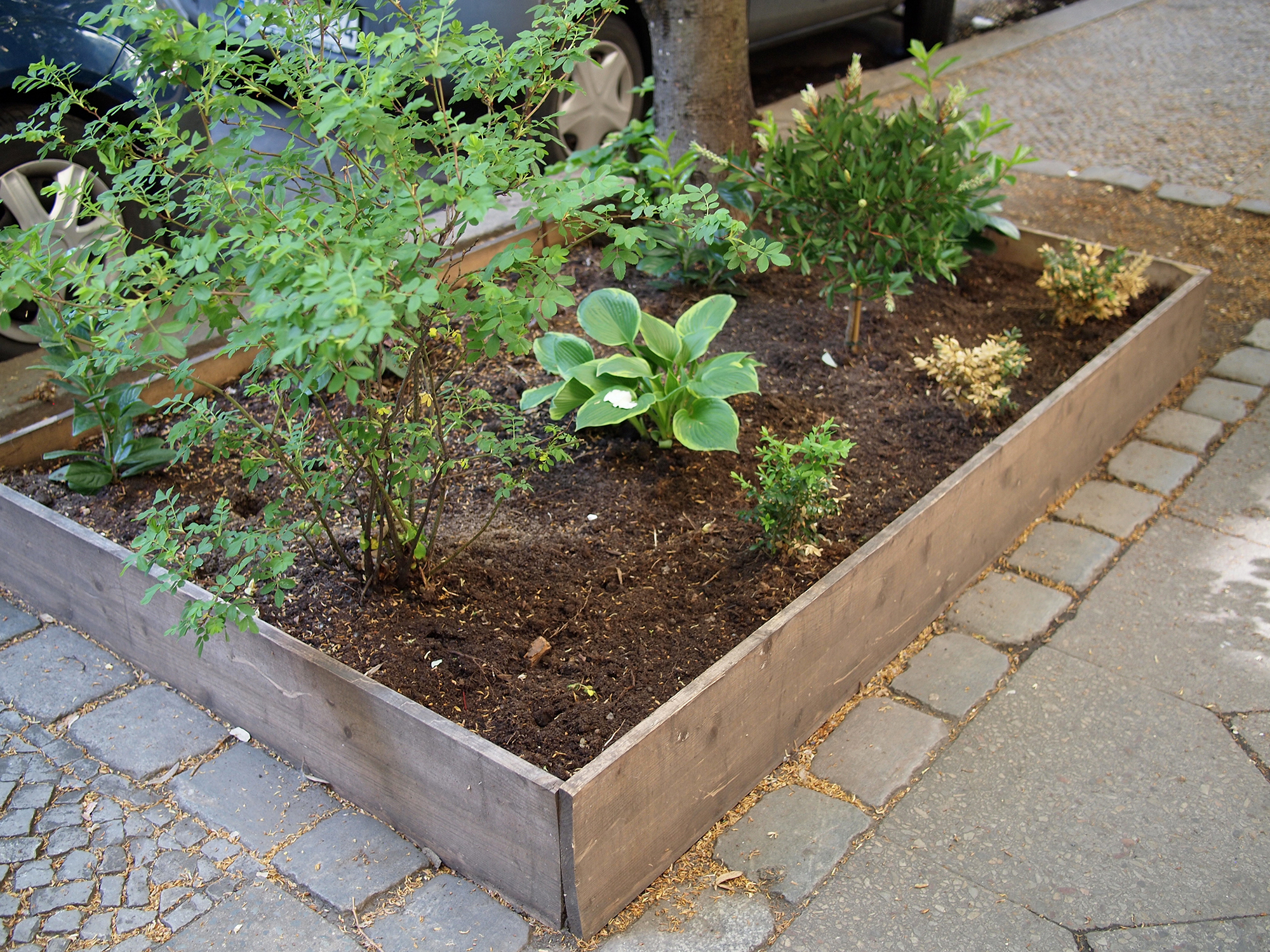
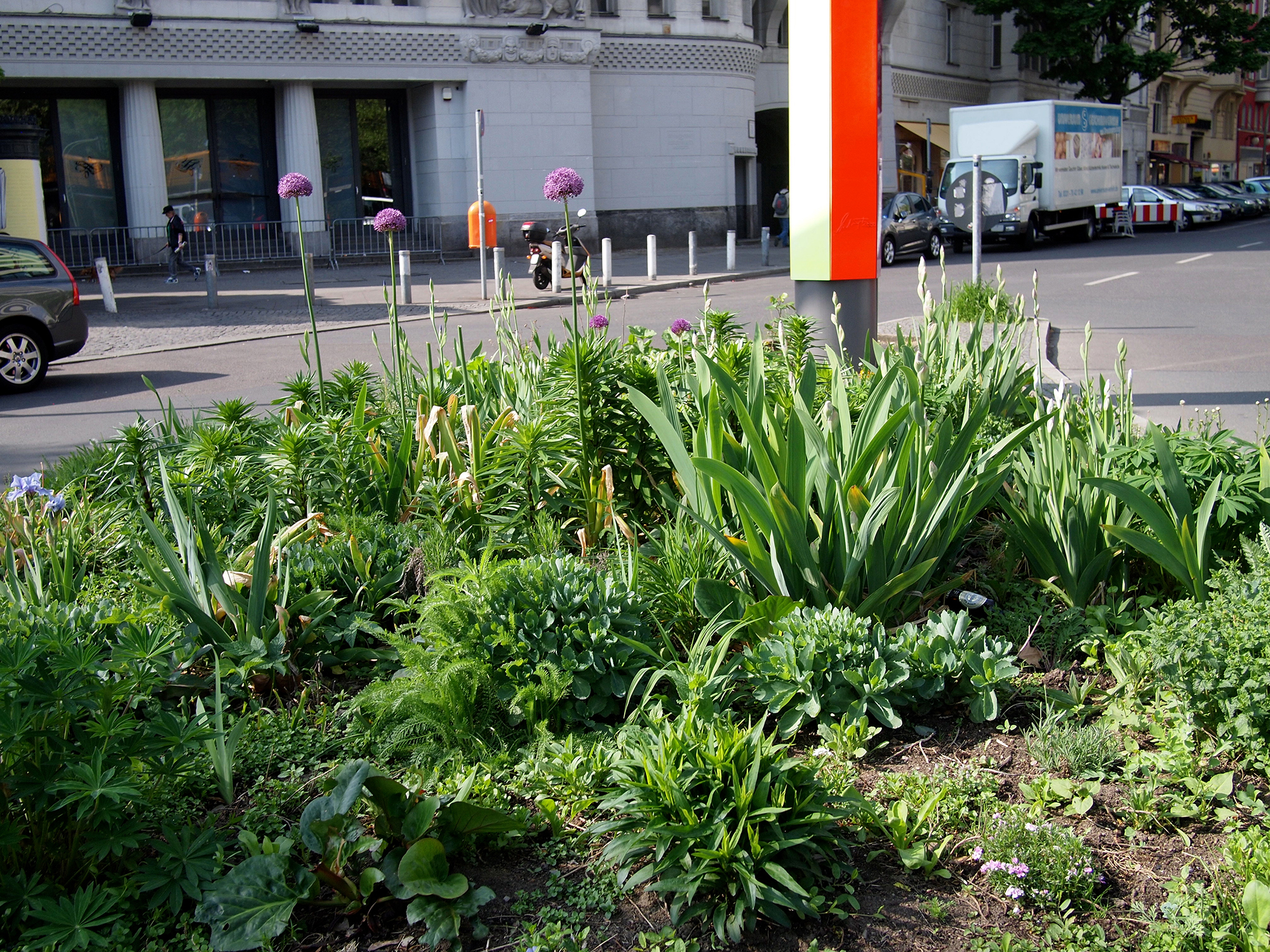
JP: In the last few years, architects have often seemed disproportionately concerned with the loss of relevance. You don’t seem particularly worried about whether the profession of architecture is going to survive in the future.
DH: The sad fact is that something like 95 percent of all buildings in Australia are built without an architect going anywhere near them. How has architecture let itself get into that position, where it’s so marginalised by the very thing it was built to do? The business model of architecture, the way it sets itself up as a service discipline which takes orders from the client, has meant that other forms of design are now far more engaged in shaping the world. If you asked anyone on the street about the most important designer today, they would probably say Jonathan Ive [Apple’s chief design officer]. In the 1970s, 50 percent of UK architects were employed by the public sector. London County Council [LCC] Architects’ Department had almost 1,600 staff, designing public housing, designing infrastructure, shaping the city very directly. Now it’s the exact opposite: hardly any architects are employed by the public sector directly, everyone is in private practice, and most of that private practice is not doing that kind of work. I think architecture has been complicit in that change. It hasn’t found a way of making itself socially valuable in a very tangible way. Architecture needs to find more productive ways of being. My colleagues at Sitra [Finnish national innovation fund] were all architects, though very little of our work, if any, was architecture directly. That was useful in thinking about what design does: iterative thinking, visualising, stewardship; all these things are absolutely central to architecture. A social housing block in London would be credited to the LCC Architects’ Department, a unit that featured James Stirling, The Smithsons, half of Archigram, and many others – but working as the LCC. That’s when design works well – as a humble trade. The starting point is: who are we making this for? ‘Starchitecture’ is a building with a signature of Norman [Foster], of Zaha [Hadid], authorial rather than human-centered or environment-centered. It means that architecture then becomes identified with seven people, the starchitects, which is crazy.
JP: On the other end of the scale, we have pop-up and DIY approaches, tiny houses on wheels, a new vernacular architecture; what Matthew Chalmers would term ‘seamful design’. You have recently published a photography essay on Walters Way [a street in London where all houses were ownerbuilt using a light timber Segal Method developed for amateur builders in the 1970s] and, you know, those houses look drafty, but…
DH: They’re definitely hackable; ‘seamful’! You can see how the buildings are put together, with simple materials and super simple construction. There’s obviously a scale: you couldn’t pull off a seven-storey academic building using the Segal Method, but a two-storey? And that’s interesting. Like Baugruppen, it becomes an ongoing process of design that we can adapt as needs change, repeating Stewart Brand and Frank Duffy’s notion that vernacular architecture is able to respond at the right layer.
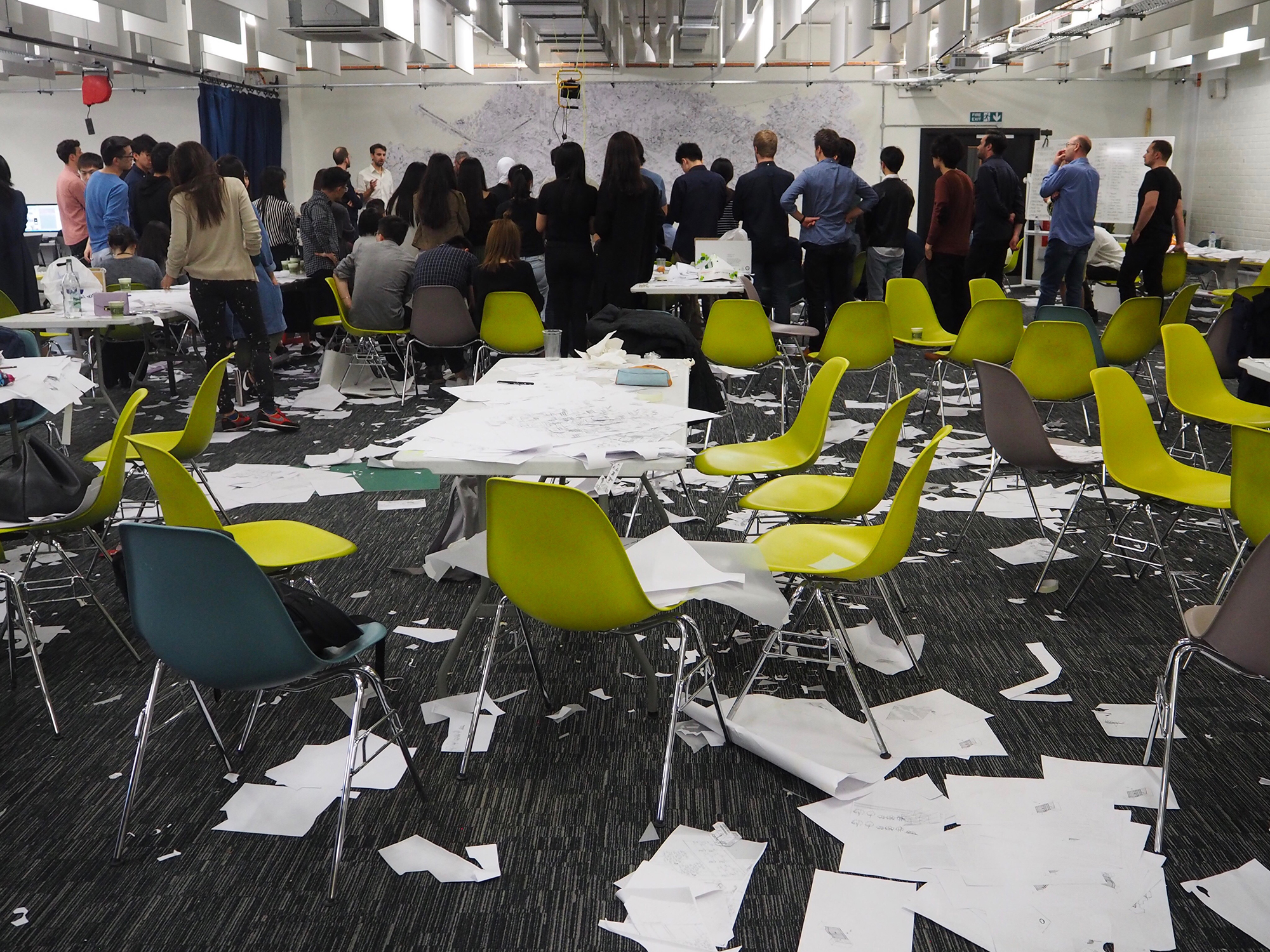
JP: Maybe everyone should know how to make a little house, but not everyone is an architect…
DH: There’s always the pro level: someone needs to design the hospital, or this building [MSD]. However, this building would benefit hugely from working with people. I don’t want to let off architecture by saying that pro level doesn’t involve people. It must.
JP: Cities are increasingly incubators of innovation, and independent decision-makers: Rotterdam, Barcelona and London are cities with their own data departments, prepared to experiment with the delivery of services, from data-based rubbish collection to achieving zero emissions on their own. Yet you once blogged about suggesting Barcelona’s system of responsive bins to an English city council, and one counsellor responded: “It’s all very well having responsive bins, lad. Problem is, we don’t have responsive bin-men.” Technology cannot function well when it’s placed in a dysfunctional human system.
DH: Yes, there is a direct link between the bins and the contracts of the bin-men. No-one is going to pick up a smart bin any quicker if the contract stipulates once-a-week collection. That’s why I find cities so interesting: it’s where things actually happen, where people interact with the world, in a tactile way. If the national government stopped working for 10 days, no-one would really notice, whereas if your bins were not collected, you would notice pretty quickly. It’s a much more engaged layer, closer to people. It’s a polity that makes intrinsic sense, and has been a way of organising people for thousands of years, whereas national governments are a recent invention. How can design be useful in that space? If the climate agreement at a national level is shaky, what can cities do? That is a genuinely interesting design challenge. It’s where most of the carbon gets used. Yet Paris in 1820 was food self-sufficient, with market gardens all around, and all the waste inside the city captured and used as fertiliser: a perfect circular economy for a city of two million people. If we could pull it off now, it would be amazing.
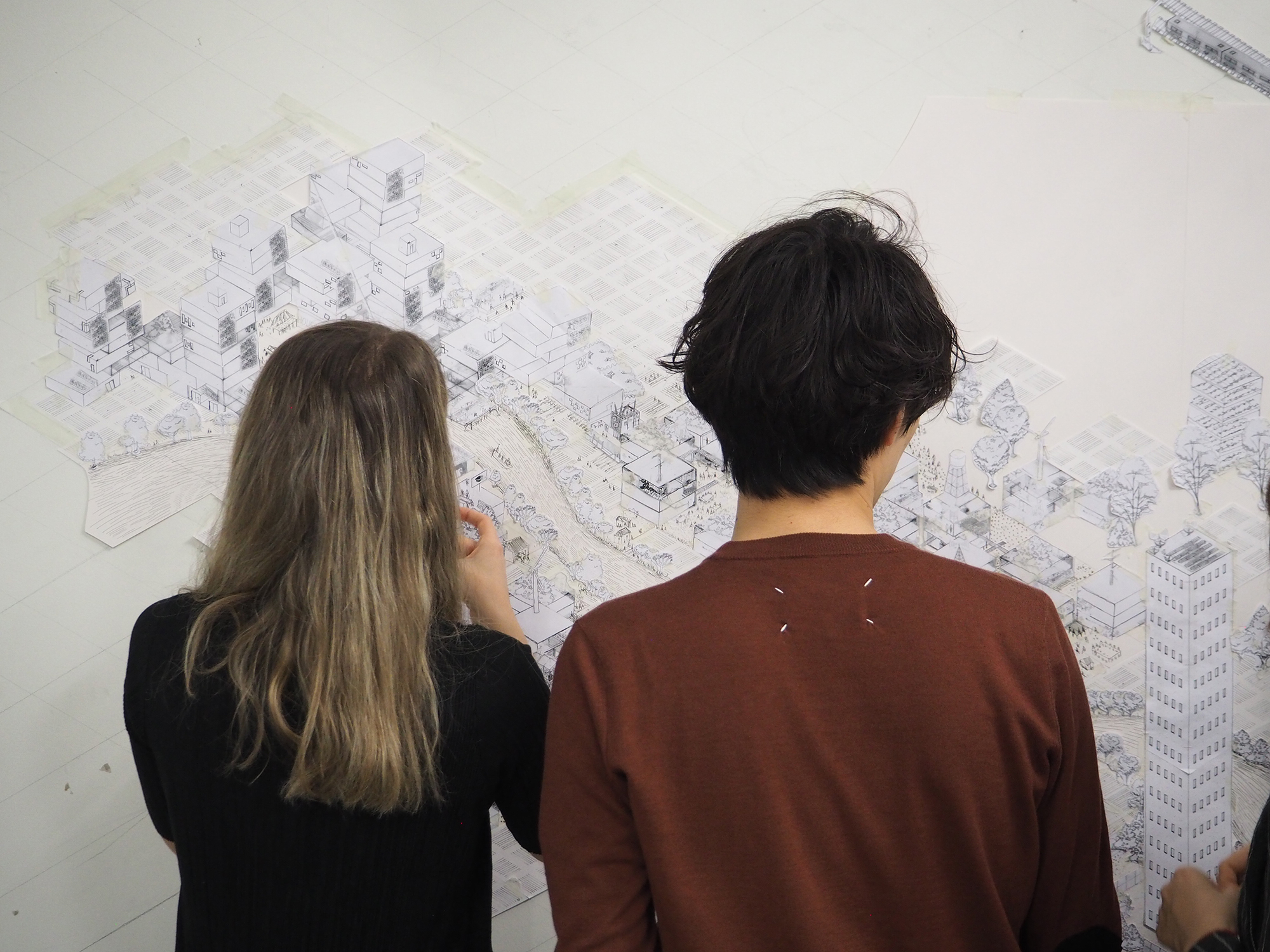
JP: You have a privileged position of having spent a lot of time in Australia, but also a lot of time overseas. How is Australia faring at the moment?
DH: It’s well behind the usual suspects – Nordic cities, Germany – though not as buggered as America. It has great possibilities. For example, it would be really interesting to find a hybrid Australian–Asian urbanism, but it will take some really open-minded folk. I’m frustrated when it’s stuck in 20th-century modes. The insularity of the place at the level of policy – and politics even more – is very frustrating. I find no real relationship between the Australia I see on the ground and what people say in [Federal] Parliament. Scott Morrison holds up a lump of coal in the Parliament, and I think: What planet are you on? What century are you in? I don’t think that the average Australian thinks like that.
JP: What is the next challenge in urbanism?
DH: The balancing act between the 20th-century systems and the 21st-century systems. Shared mobility. Microgrids and nanogrids, super-local renewables, storing and sharing energy locally. Baugruppen and co-housing. All these, I’d argue, are networked urbanism, organised on different principles to the 20th-century model, which also has virtues when done well, because it can handle the baseload of a four-million-person city like Melbourne. You will probably need a city-wide grid, but with microgrids in between, just like we need pro buildings, and then Segal Method or Wikihouse at the smaller scale. How do we design, own and govern that? New models enable a potent question of co-ownership of infrastructure, housing and energy. You could have development without proxy developers, energy without energy oligopolies, energy co-ops instead. Does that create a sense of civics? It might not. It might create a sense of withdrawing into my own energy co-op bubble. How do we not withdraw into these individualised systems that network structures can enable? The balancing act is the biggest question we have.
This article originally appeared in Issue 8 of Assemble Papers, ‘Metropolis.‘ A huge thank you to Dan – we appreciate you taking the time to talk to us. Follow Dan’s thoughts on our possible urban futures over at City of Sound.